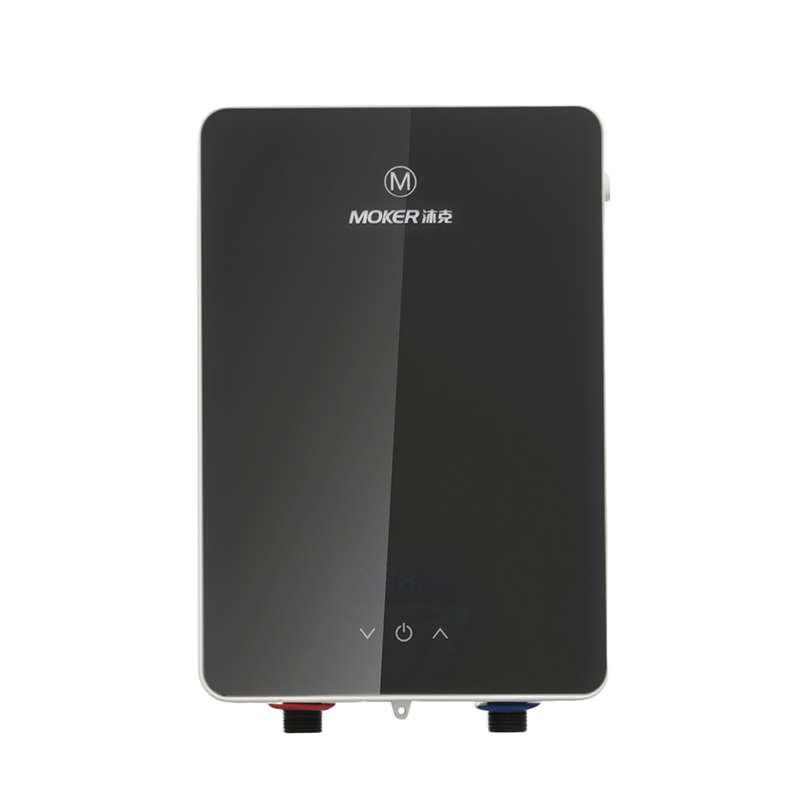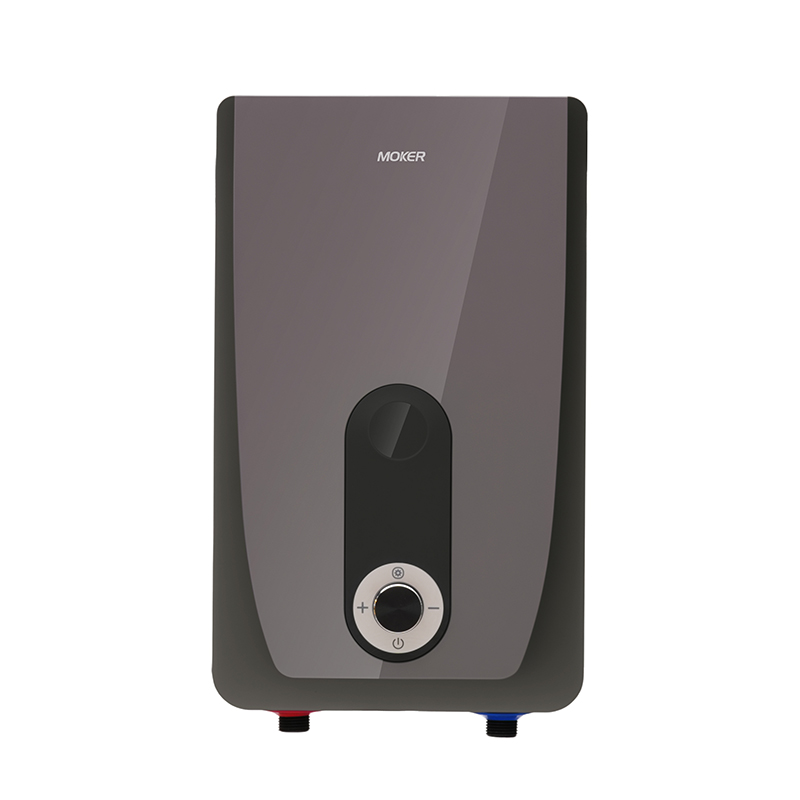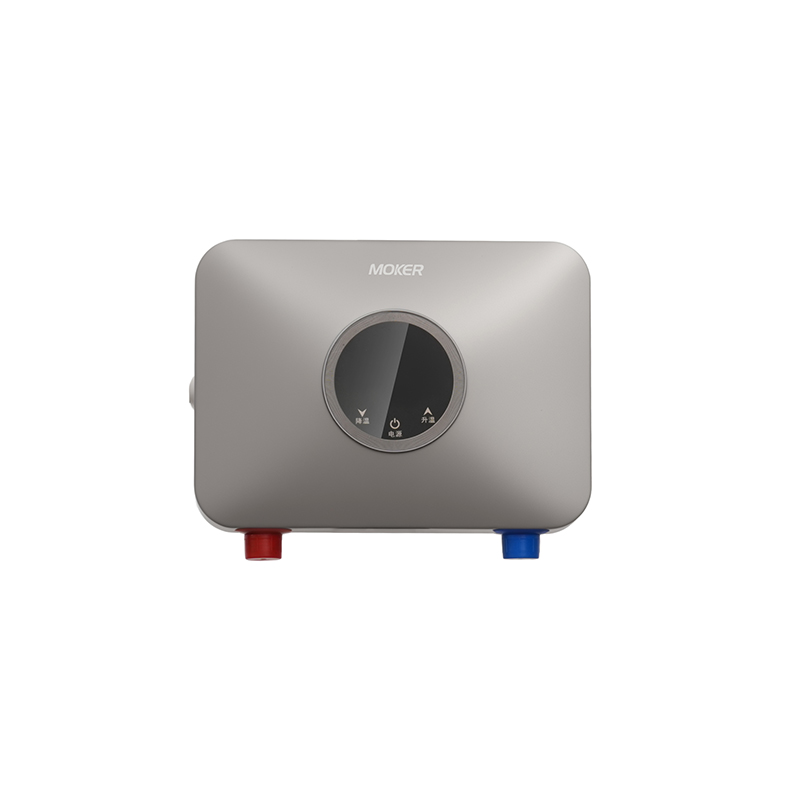Installation Process Key Points of Different Water Heaters
Proper installation is crucial for the safe and efficient operation of water heater. Electric water heater, Tankless Water Heater, Instant water heater, electric tankless water heater, and instantaneous water heater electric each have specific installation requirements that must be followed.
Electric water heater installation starts with selecting a suitable location. Electric water heater needs a level, load-bearing surface capable of supporting its full weight when filled with water. A dedicated electrical circuit with the correct amperage is essential for Electric water heater, as undersized wiring can cause overheating. Electric water heater must be connected to a properly grounded outlet to prevent electric shocks. Plumbers should install a pressure relief valve on Electric water heater’s tank and route its discharge pipe to a safe drain, avoiding contact with living areas.
Tankless Water Heater installation focuses on ventilation and water connections. Gas-powered Tankless Water Heater requires proper venting to expel combustion gases, with vent pipes made of approved materials like stainless steel. Tankless Water Heater must be mounted on a fire-resistant wall, with clearances from combustible materials as specified by the manufacturer. Water lines connected to Tankless Water Heater need isolation valves for easy maintenance, and a pressure regulator may be added if incoming pressure exceeds Tankless Water Heater’s limits.
Instant water heater installation emphasizes electrical safety. Instant water heater must be connected to a dedicated circuit to prevent overloads, as Instant water heater operates at high wattages. The installation location for Instant water heater should be away from direct water splashes, even with a splash guard. Instant water heater’s water inlet should have a filter to prevent sediment buildup, and plumbers must ensure proper drainage for any potential leaks from Instant water heater.
electric tankless water heater installation combines electrical and space considerations. electric tankless water heater requires a high-amperage electrical circuit, often 240 volts, with wiring sized according to the unit’s power rating. electric tankless water heater is typically wall-mounted, so the mounting bracket must be securely anchored to studs. Water lines to electric tankless water heater should be insulated to reduce heat loss, and a flow sensor check is necessary to ensure electric tankless water heater activates properly during use.
Instantaneous water heater electric installation is simplified but precise. instantaneous water heater electric is usually installed under sinks, so the location must have easy access to both water lines and electrical outlets. instantaneous water heater electric’s power cord should be short enough to avoid extension cords, which can overheat. Plumbers must check that water pressure to instantaneous water heater electric falls within its operating range, installing a pressure reducer if necessary to protect instantaneous water heater electric’s components.
All water heater installations require compliance with local building codes. Professional installation ensures Electric water heater, Tankless Water Heater, Instant water heater, electric tankless water heater, and instantaneous water heater electric operate safely, avoiding risks like leaks, electrical hazards, or gas issues that improper installation could cause.





